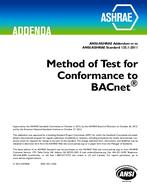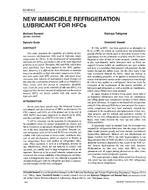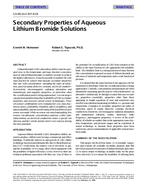Utilization of the sun as an alternative source of energy for the heating of buildings has been shown feasible by many demonstration projects. The use of solar energy, however, is limited by the intermittent nature of the source, which is influenced by the diurnal cycle of the sun, local atmospheric conditions and the annual cycle of solar radiation intensity. Heating energy requirements of a building are such that it is necessary to collect and store the energy for use as needed.
Most present energy storage designs are capable of meeting a heating load for a short-term period, on the order of several hours to a few days. Long-term (annual) collection and storage of solar energy could eliminate the effect of diurnal and local interruptions of solar radiation. Also, annual systems may reduce the cost of solar energy utilization by requiring a smaller collector area and markedly reducing the use of a back-up energy source.
An experimental system for annual collection and storage of solar energy, as illustrated in Figure 1, was constructed during the fall and winter of 1976 at the University of Virginia (latitude 38° N., longitude 78° – 30′ W). The system was operated and evaluated for one collection-heating cycle from February 1977 through January 1978. The instrument recording capability of the research facility was upgraded in September 1977 to provide continuous monitoring of the solar pool performance. Descriptions of the solar pool construction, instrumentation, and a comparison of analog and digital computer models of the solar pool have been reported in references 1 and 2.
Citation: Symposium, ASHRAE Transactions, Volume 85, Part 1, Philadelphia, PA
Product Details
- Published:
- 1979
- Number of Pages:
- 10
- File Size:
- 1 file , 400 KB
- Product Code(s):
- D-PH-79-05-2


